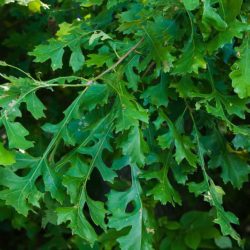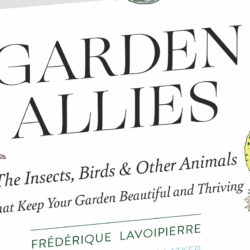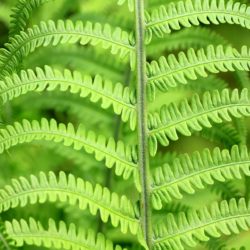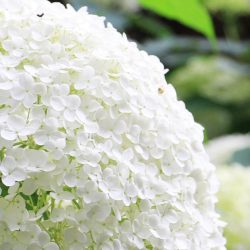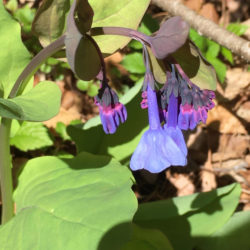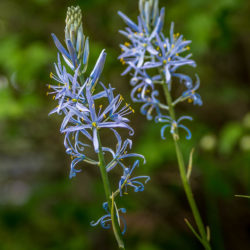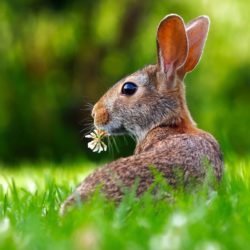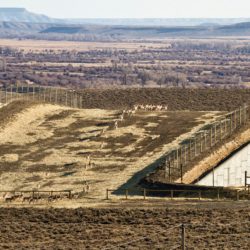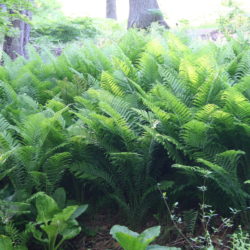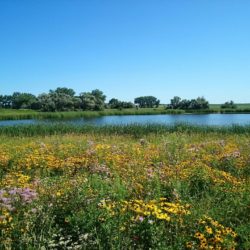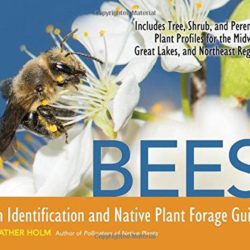By Emily May
As you watch backyard plants and trees green up and leaf out, it’s also time to start observing those plants for symptoms of injury from herbicide drift. Over the past five years, many trees and broadleaf plants in backyards, on farms, and in natural areas across the Midwest have been injured by drift from volatile plant growth regulator herbicides.

